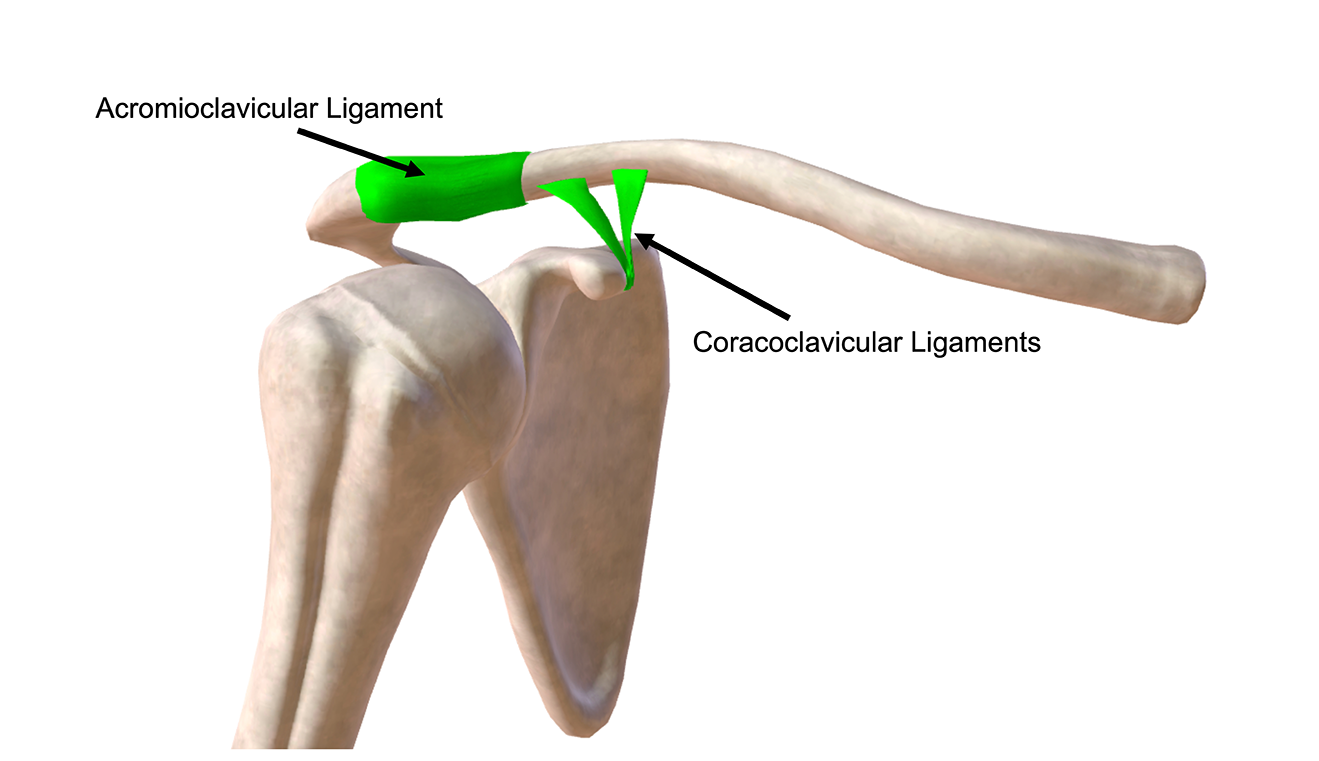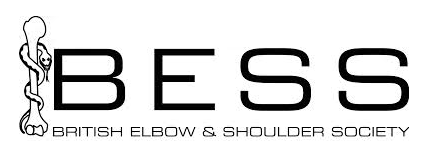Acromioclavicular (AC) Joint Separation / shoulder separation
What is an AC joint dislocation?
AC Joint Dislocation Treatment
You may have heard of the term “AC Joint separation” or “dislocation”, or the term “separated shoulder”, and all these terms refer to an injury, not of the ball and socket joint of the shoulder, but of the smaller joint on top of the shoulder, called the acromioclavicular joint.
What is an AC joint separation?
In your shoulder, the ball and socket joint is formed by the ball at the top end of the upper arm (aka “humerus”) sitting in a shallow socket (aka “glenoid”), which is part of the shoulder blade (aka “scapula”).
The shoulder AC joint is surrounded by a fibrous capsule, and strong ligaments connect the clavicle above with the shoulder blade below.
If you fall onto the point of the shoulder in a violent way (e.g. a fall from a road bike, a bad rugby tackle, or a fall onto an outstretched hand), you might disrupt some or all of these structures.
If this has happened to you, you’ll likely be experiencing pain on the top of your shoulder, difficulty bringing your arm across your chest, and a deformed or bumpy appearance of your shoulder. Sometimes there can be bruising too.
AC Joint Injury Dislocation Grades
As with all injuries, there is a range of how badly you can disrupt your AC Joint, and in the medical community, we talk about different AC joint injury grades. This is related to the damage done to the three ligaments that support this joint; the acromioclavicular ligament, the two coracoclavicular ligaments (trapezoid and conoid).
Grades I and II mean that you’ve stretched or torn the acromioclavicular ligament and the capsule that supports the AC Joint, but generally speaking, the joint’s sufficiently intact that an operation to fix it isn’t needed.
At the opposite end of the spectrum are grades IV and V and VI, where all the ligaments have been completely ripped apart. In these scenarios, the dislocated collar bone (clavicle) becomes completely displaced and ends up in a place it shouldn’t. Surgery is needed to get the shoulder functioning well again.
Which leaves us with grade III, where all three ligaments are torn, but the clavicle is not as displaced as the more severe injuries. This is the grade that is most hotly debated in terms of its treatment by shoulder surgeons.
Should you have surgery or treat the injury conservatively with physio? In a grade III injury, the weight of the arm pulls the shoulder down from the clavicle (collar bone) that was supporting it above. You may see an obvious bump which is the prominent end of the clavicle that moves upwards.
One of the issues with having a grade III injury is that there is instability at the level of the AC Joint, which can cause ongoing pain and swelling if you’re really active and do a lot of overhead sports. Activities such as press ups and can cause grinding and pain of the AC joint.

How are AC Joint Separation Injuries Treated?
Non-Surgical Treatment
No two people and no two shoulders are the same, but as a rule of thumb, most people recovery well with physiotherapy rehab if they have a grade I or II injury.
You may need to use a sling for few days to support the shoulder whilst your pain settles and some early healing begins, and after a couple of weeks you can really get stuck into some physio in earnest. It will probably be a couple of months before you’re lifting anything weighty.
Sometimes, I recommend that we carry out some imaging of the shoulder (e.g. a CT scan or ultrasound) to rule out any other causes for your pain or contributing issues within the shoulder.
If you experience severe pain or have any doubts about your injury, don’t hesitate to seek medical attention for a proper evaluation and diagnosis.
Surgical Treatment
If you have a grade IV, V or VI injury, then I’d likely be recommending surgery, in order to restore and stabilise the AC Joint. During the surgery, which is carried out under a light general anaesthetic, I repair the torn ligaments through a small incision and support the AC Joint with sutures, anchors or small screws. I use what’s called an Arthrex “dog bone” implant. This is essentially two titanium buttons placed on top of the clavicle and under the coracoid process (part of the scapula bone), with suspension tapes tied securely between the two, to bring the clavicle back to its place.
What happens after surgery?
After the surgery, your shoulder will be supported by a sling, which you’ll wear for 3 weeks, and you’ll be seen by a physiotherapist who’ll show you how to carry out some gentle movements to prevent stiffness. Rehab to restore your shoulder’s range of movement and strength is important (so do those exercises!) but the good news is most patients have an excellent outcome after surgery.
You may be wondering, when can I get back to sport? Everyone’s recovery is a little different, but typically, you could expect to get back to contact sports at around the three-month mark.
However, it’s essential to be aware of potential complications, such as damage to nerves and blood vessels, which can occur during surgery and may require additional medical attention.
Grade III ACJ Injuries
When we’re deciding how best to treat this kind of injury, it’s important for me to know what your life and work involves physically, the kinds of sports or activities you like to get involved, in, and whether what you do means you run the risk of re-injuring your shoulder.
Whilst very broad data has shown that some people will manage without surgery, we must always think first about you as the individual. If you have high demands on your shoulder, surgery may be the better option for you.
Post surgery FAQ
Ms Susan Alexander is recognised by all the UK’s major insurers






